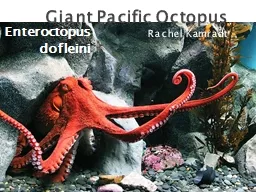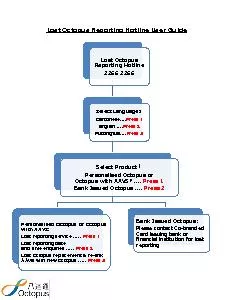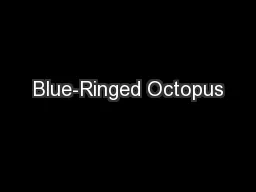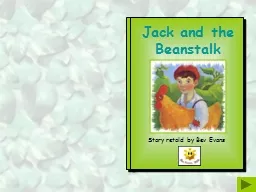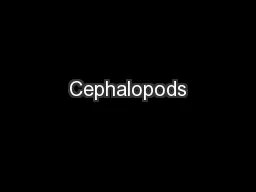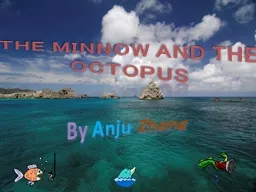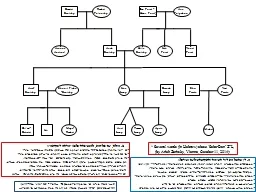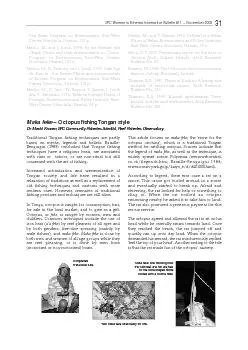PPT-Giant Pacific Octopus Rachel Kamradt
Author : marina-yarberry | Published Date : 2019-06-22
Enteroctopus dofleini Taxonomy Habitat and dens Diet and feeding behavior Predators Size and camouflage Intelligence Mating and reproduction Lifespan Population
Presentation Embed Code
Download Presentation
Download Presentation The PPT/PDF document "Giant Pacific Octopus Rachel Kamradt" is the property of its rightful owner. Permission is granted to download and print the materials on this website for personal, non-commercial use only, and to display it on your personal computer provided you do not modify the materials and that you retain all copyright notices contained in the materials. By downloading content from our website, you accept the terms of this agreement.
Giant Pacific Octopus Rachel Kamradt: Transcript
Download Rules Of Document
"Giant Pacific Octopus Rachel Kamradt"The content belongs to its owner. You may download and print it for personal use, without modification, and keep all copyright notices. By downloading, you agree to these terms.
Related Documents

